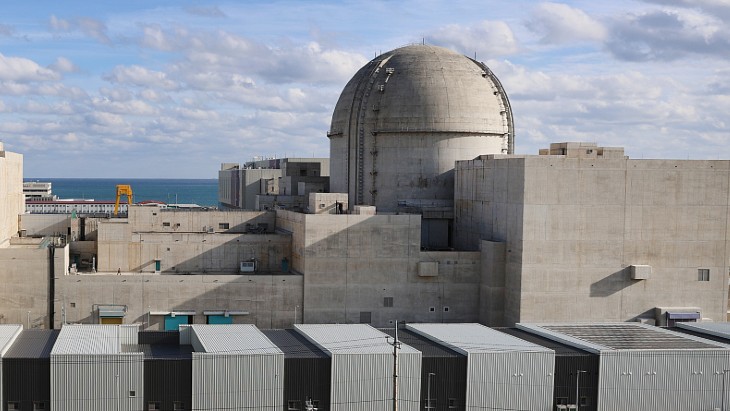Reuters quoted Stein as saying that the regulatory part of the process had begun and “will likely complete in the middle of 2024 … we are trying to work with the UK Government, and others to get going now placing orders, so we can get power on grid by 2029".
The Rolls-Royce SMR design was accepted for Generic Design Assessment (GDA) review last month with the UK’s Department for Business, Energy and Industrial Strategy asking the UK’s Office for Nuclear Regulation (ONR) along with the environment regulators for England and Wales to begin the process.
The Rolls-Royce SMR is a 470 MWe design based on a small pressurised water reactor.
GDA is a process carried out by the ONR, the Environment Agency (EA) and Natural Resources Wales to assess the safety, security, and environmental protection aspects of a nuclear power plant design that is intended to be deployed in Great Britain. Successful completion of the GDA culminates in the issue of a Design Acceptance Confirmation from the ONR and a Statement of Design Acceptability from the EA.
A Rolls-Royce-led UK SMR consortium aims to build 16 SMRs. The consortium - which includes Assystem, Atkins, BAM Nuttall, Jacobs, Laing O'Rourke, National Nuclear Laboratory, the Nuclear Advanced Manufacturing Research Centre and TWI - aims to build up to 10 by 2035.
To minimise the construction phase of the programme, the UK SMR is fully modularised with the reactor, about 16 metres by 4 metres, able to be transported by road, rail or sea. Targeting a 500-day modular build, they say this concept minimises the onsite time and effort required to construct and build the plant, which Rolls-Royce said could fit on a site about the same size as five and half football pitches.
Earlier this month the UK Prime Minister Boris Johnson unveiled a new Energy Security Strategy setting out plans for rapid expansion of nuclear power capacity, with eight new large reactors and SMRs helping to produce 24 GWe capacity by 2050, representing about 25% of the UK’s projected electricity demand.

.jpg)



_72306.jpg)


_49562.jpg)





